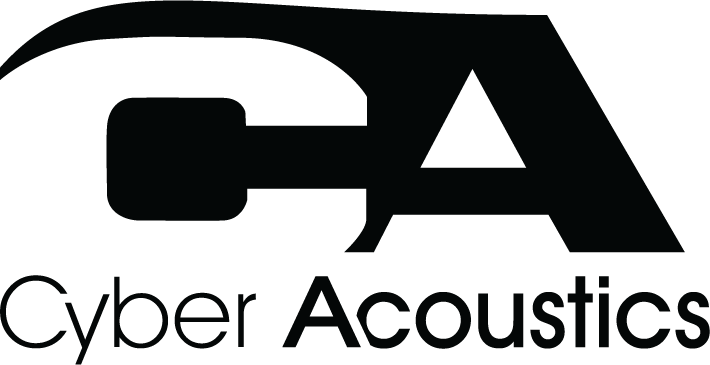Mixed Reality in the Classroom
Friday, May 19, 2017 by Cyber Acoustics
When you think of the classroom of the future, what do you see?
How about students learning biology by seeing the inner workings of the human body in a digital realm? Or a math class where students solve equations by using their hands to move numbers around right in front of them? Or an English class where a student is presenting on Macbeth with holographic images of Shakespearean characters displaying alongside them?
These scenarios may sound far-fetched, but they aren't that far off. In fact, they can be achieved with a technology called mixed reality -- a rapidly growing segment of the edtech industry. Companies like Microsoft are making big investments in mixed reality for classrooms with a goal of re-shaping the way students learn.
What is Mixed Reality?
George Lucas might have been foreshadowing mixed reality when he was making the original Star Wars film in 1977. Remember the scene where R2D2 projects the hologram of Princess Leia to Obi-Wan Kenobi? That’s a classic, early example of mixed reality.
Unlike virtual reality, where the user is immersed in a setting that is entirely separate from their own and shuts out the real world, mixed reality uses virtual technology to augment the user’s real-life setting. In other words, when a student uses mixed reality, their focus stays in the classroom, and virtual images are used to enhance the learning environment, not take them out of it.
Consider the earlier example of a biology class where students are learning human anatomy. Rather than simply reading text and studying images in the book, in a mixed reality environment students would wear a headset that allows them to see and interact with a 3D version of the interior of the human body -- complete with images of major organs in action, blood flowing, and all the other complexities of the human anatomy. One company, 3D4Medical, has brought this idea to life in their prototype video for Project Esper.
Because mixed reality is augmenting the user’s real world surroundings, the technology required for mixed reality is more advanced than that of virtual reality. Essentially, in mixed reality the user’s physical environment is scanned to produce a 3D map of their surroundings. From there, the device identifies where to put digital content for the user to interact with it.
Benefits of Mixed Reality
Mixed reality is still a relatively new technology, and the education community is still learning the pros and cons of leveraging its capabilities in a cost-effective way for budget-minded schools and districts.
However, there has been mainstream use of virtual reality for several years, and this eLearning Industry article points out the many benefits, especially for young learners. From eliminating language barriers to increasing student engagement and interest, it's clear that virtual reality can be an effective and productive educational tool.
It stands to reason that that engagement will only improve with mixed reality. Where virtual reality is often a fantasy, students working with mixed reality are using it to enhance what they’re already learning.
Microsoft’s Big Play
For several years, Microsoft has been working on a technology called the HoloLens, mixed reality smartglasses designed for anyone working, studying or gaming in the virtual, augmented or mixed reality worlds. Microsoft's goal with the HoloLens extends to the education environment with big ideas on how mixed reality can create a more visually engaging learning experience.
"What we're doing is giving people the opportunity to see real items and bring them to life in a classroom. That is a very impactful way for people to figure out how they can really get a feel for an item and or to understand more about a real life item like the anatomy of the body," said Microsoft HoloLens senior director and commercial lead, Roger Walkden.
Of course, even if the HoloLens becomes a hit, most school districts likely can’t afford to buy hundreds of sets of the smartglasses for their students. Microsoft recognizes this, and recently announced a new feature to Windows 10 coming later this year, called View Mixed Reality. This program will show students 3D mixed reality on their tablet screen using a webcam:
They recently showed off its capability at an event in early May, when they demonstrated through mixed reality how they could bring a life-sized, 3D version of the Mars Rover into classrooms.
The Future of Mixed Reality
Analysts are bullish on the future of mixed reality with industry revenue estimates surging to $5.3B by 2022. However, while the use of virtual, augmented and mixed reality are all expected to grow, it will likely do so as the technology and price points become more accessible in the education environment.
At Cyber Acoustics, we have an eye to the future of education, and we design our products to be compatible with the latest Chromebooks, iPads, laptops and more. If mixed reality is a technology your school district is considering, contact us to find out how our products can help students learn in this exciting new format.


